Budapest has become a top choice for filmmakers due to its affordability, architectural versatility, and strong production infrastructure. Lower production costs and attractive tax incentives make it a financially smart option, helping position Hungary as a major European film hub.
The city’s diverse architecture allows it to stand in for various European capitals and historical settings with minimal modifications. Combined with highly skilled local crews, state-of-the-art studios, and a central European location that simplifies logistics, Budapest offers everything needed for efficient and high-quality film production.
Evita (1996): Budapest as a Stand-In for Buenos Aires
The 1996 musical drama Evita, based on the life of Argentine political icon Eva Perón, stands as a landmark example of a major Hollywood production choosing Budapest as its filming location. Starring Madonna as Eva and Antonio Banderas as Che, the film chronicles Eva’s rise from humble beginnings to becoming Argentina’s First Lady. Budapest was selected to portray Buenos Aires not only because of its striking architectural similarities, but also after filming permits were denied in Argentina.

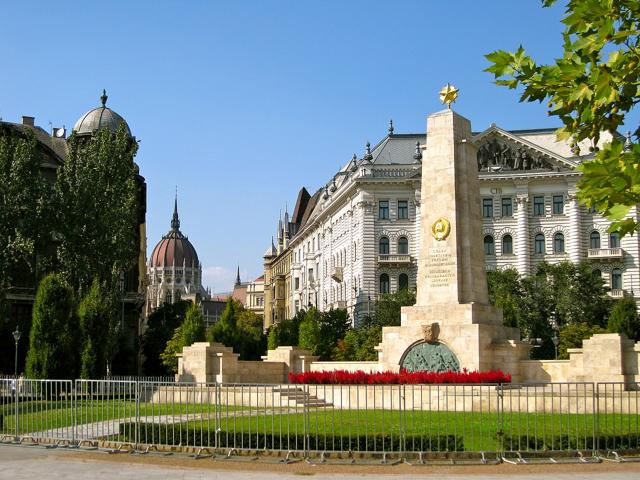

Several of Budapest’s most iconic landmarks were featured throughout the film. Key locations included the elegant Andrássy Avenue, the historic Keleti Railway Station, Szabadság Square, Oktogon, the lavish Hungarian State Opera House, and the Museum of Ethnography, which was used for Evita’s wake. One of the film’s most memorable scenes—Madonna singing “Don’t Cry for Me Argentina” from a balcony—was actually shot at a house in Oktogon. The Budapest Courthouse also provided a dramatic backdrop for a pivotal moment in the film.
Evita was both a commercial and critical success, grossing between $141 and $151.9 million worldwide on a $55 million budget, earning an Academy Award and multiple nominations. Its production in Budapest marked a turning point, proving that the city could convincingly transform into any place and time. This not only opened doors for future international productions but also helped cement Budapest’s reputation as a world-class filming destination.
I Spy (2002): When Budapest Played Itself
The 2002 action-comedy I Spy, starring Eddie Murphy and Owen Wilson, holds the unique distinction of being one of the few Hollywood films both set and shot in Budapest. The plot follows a secret agent and a boxing champion who team up to recover a stolen spy plane. Unlike many other productions that disguise Budapest as another city, I Spy embraced its setting, showcasing the Hungarian capital’s beauty and landmarks throughout the film.
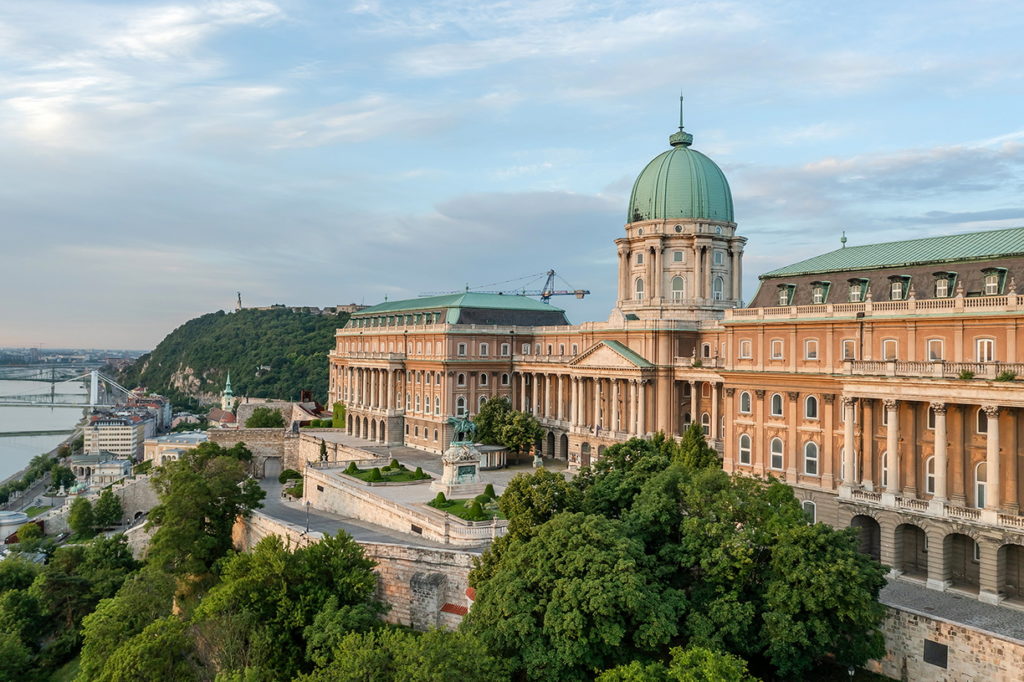

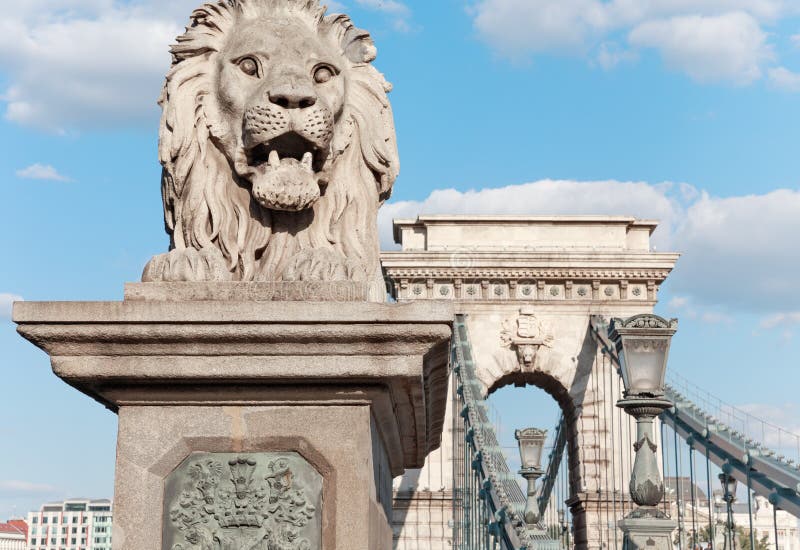
Key locations featured prominently, including the majestic Buda Castle, the iconic Chain Bridge, the Hungarian Parliament Building, Gellért Hill, the Liberty Bridge, and the famous Gellért Baths, where one of the film’s memorable scenes was shot. While I Spy underperformed at the box office, earning $60.3 million against a $70 million budget and receiving largely negative reviews, its real value lies in presenting Budapest authentically to a global audience.
Director Paul Feig noted that he chose Budapest because of its stunning, exotic appeal—one that needed no cinematic disguise. The film remains a rare example of Budapest playing itself on the big screen, further cementing its status as a visually captivating and versatile filming destination.
Underworld (2003): Showcasing Budapest’s Gothic Charm
The 2003 action-horror film Underworld, starring Kate Beckinsale, made full use of Budapest’s gothic and historic architecture to create its dark, atmospheric world. Centered on a secret war between vampires and werewolves, the film found the perfect backdrop in the moody streets and shadowy corners of the Hungarian capital.
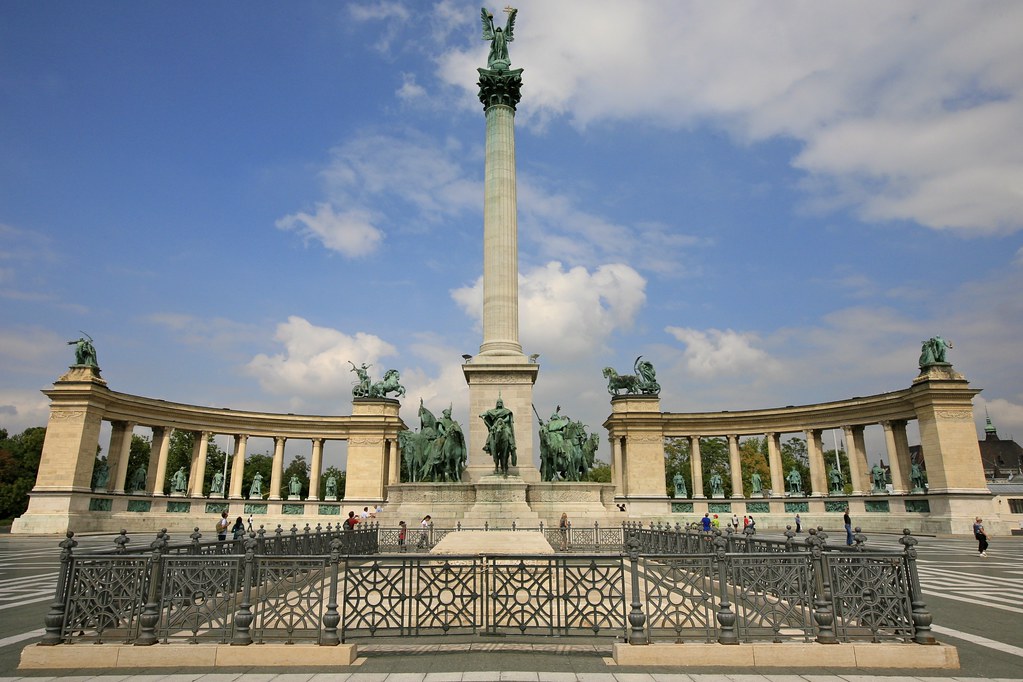
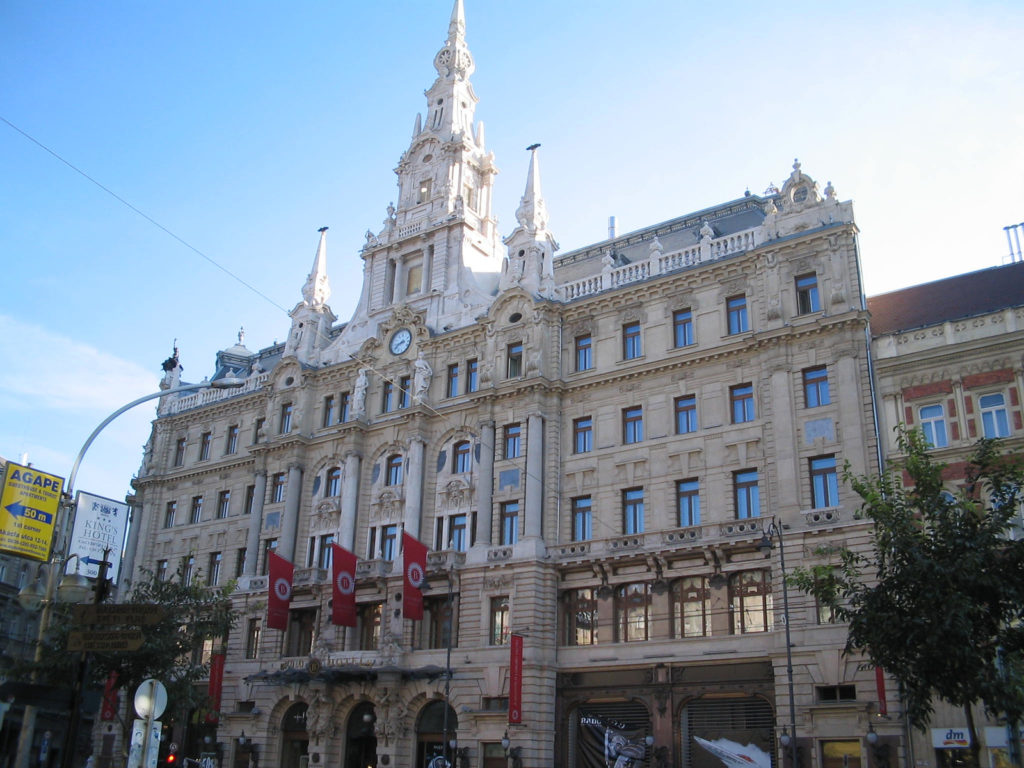
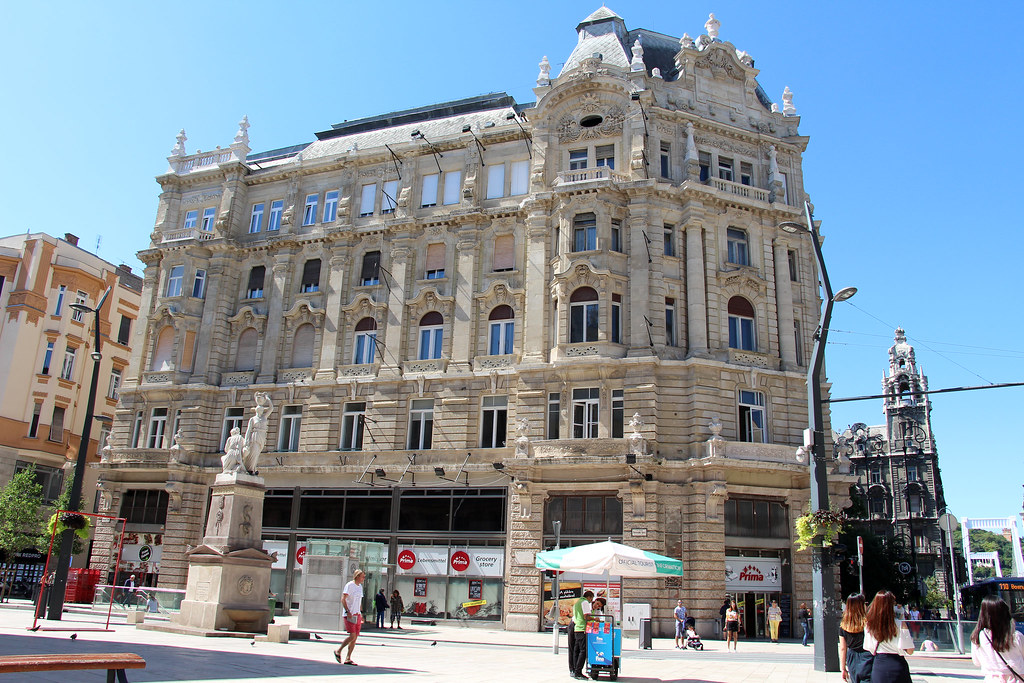
Key locations featured in the film include the Hungarian State Opera House, Heroes’ Square, the Boscolo Budapest Hotel, Ferenciek tere, Gozsdu Udvar, and parts of the Budapest Metro. These sites, often transformed to represent various European locales, enhanced the film’s eerie tone and otherworldly aesthetic. The city’s underground spaces, its labyrinths and tunnels, resonated with the hidden world portrayed in the story.
Underworld was a surprise box office hit, earning over $95 million worldwide on a modest $22 million budget. While it received mixed reviews, it was praised for its gothic visuals and immersive mythology. The film’s success further solidified Budapest’s reputation as a go-to destination for productions seeking a haunting, European atmosphere with a touch of the supernatural.
A Good Day to Die Hard (2013): Budapest as a Stand-In for Moscow
In A Good Day to Die Hard (2013), the fifth installment of the Die Hard franchise, Budapest was transformed to represent Moscow, becoming the backdrop for Bruce Willis’s return as John McClane. As the story follows McClane to Russia to assist his son, filmmakers turned several areas of Budapest into convincing Russian settings by adding Cyrillic signage and other Moscow-inspired details.
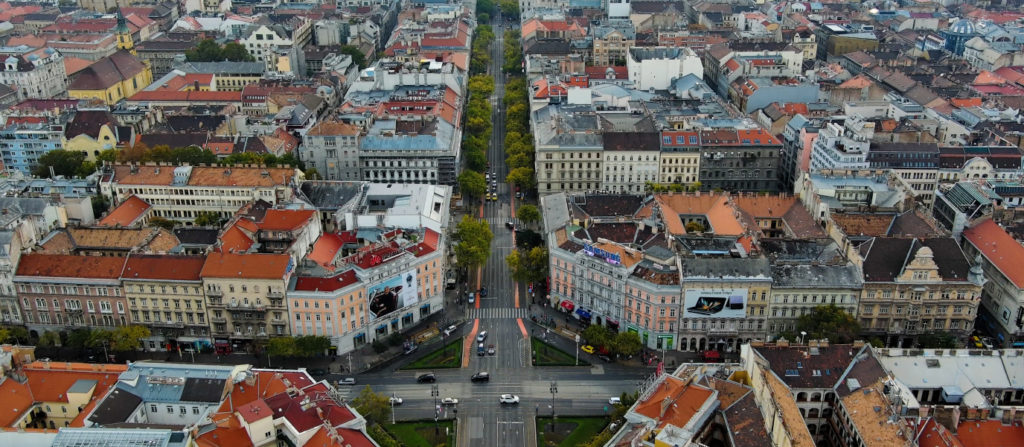

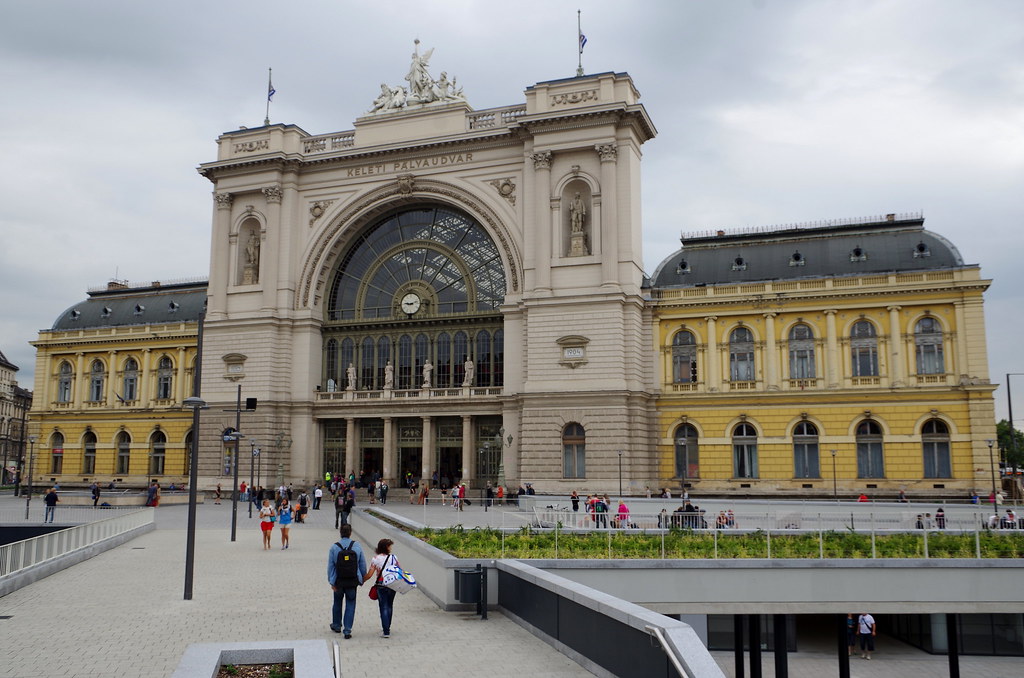
Key Budapest locations used in the film include Heroes’ Square, Andrássy Avenue, Szabadság Square, Baross Street, and the Hungarian State Opera House. Action-packed scenes and high-speed car chases were shot at the Hungaroring racetrack near Mogyoród and a military shooting range near Hajmáskér.
While the film was a box office success, earning over $304 million globally on a $92 million budget, it was met with overwhelmingly negative reviews and is widely considered the weakest entry in the series. Nevertheless, it highlighted Budapest’s ability to double as major world capitals in high-budget action films, showcasing its flexibility for dynamic, large-scale productions.
Mission: Impossible – Ghost Protocol (2011): A Brief but Memorable Appearance
In Mission: Impossible – Ghost Protocol (2011), Budapest makes a short yet striking appearance at the beginning of the film. As the story unfolds—with the IMF team accused of bombing the Kremlin, Budapest is introduced as the location where agent Trevor Hanaway is killed and Russian nuclear launch codes are stolen.
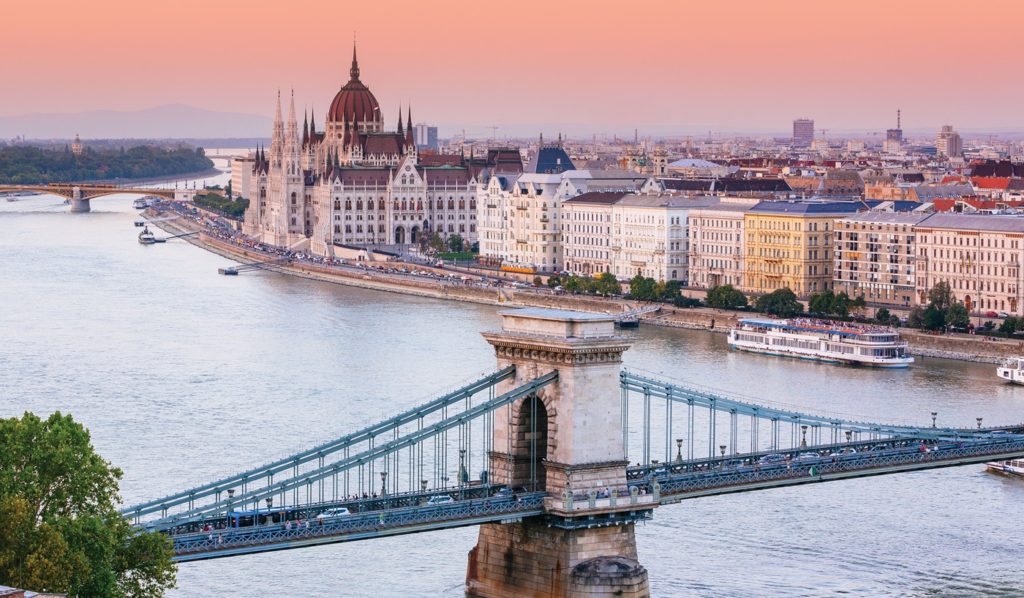
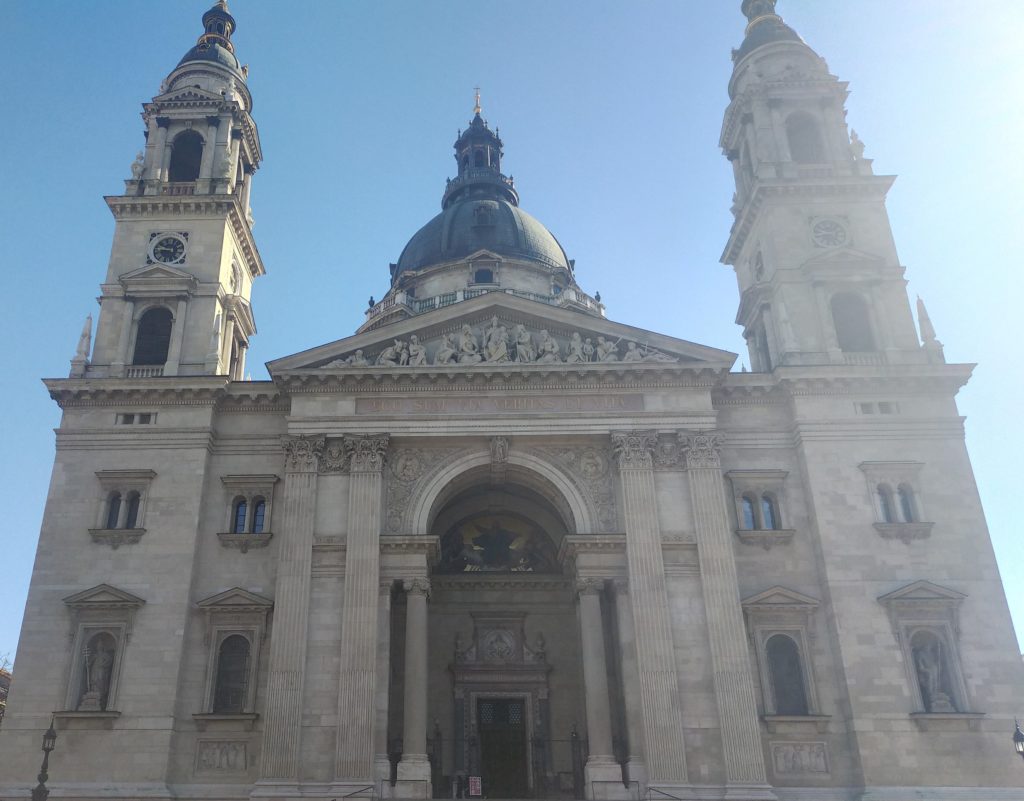

The film features aerial shots of key landmarks such as the Hungarian Parliament Building, the Danube River, and St. Stephen’s Basilica, firmly establishing the city. The opening scene is set near Keleti Railway Station, although the actual filming of that sequence took place in Prague’s main train station. Notably, unlike many productions that use Budapest to portray other cities, Ghost Protocol presents it as itself as a detail appreciated by local audiences.
The film was both a critical and commercial success, grossing $694.7 million worldwide on a $145 million budget, making it the highest-grossing installment in the franchise at the time. Despite its brief screen time, Budapest’s appearance contributed to the film’s dynamic international setting and added to its global appeal.
Blade Runner 2049 (2017): Crafting a Dystopian Future in Budapest
Blade Runner 2049 (2017), the sequel to the iconic sci-fi classic, is set in a bleak future version of Los Angeles—but was filmed almost entirely in Hungary. The production relied heavily on Budapest’s Origo and Korda Studios, which provided the expansive sound stages and advanced facilities needed to bring its dystopian vision to life.

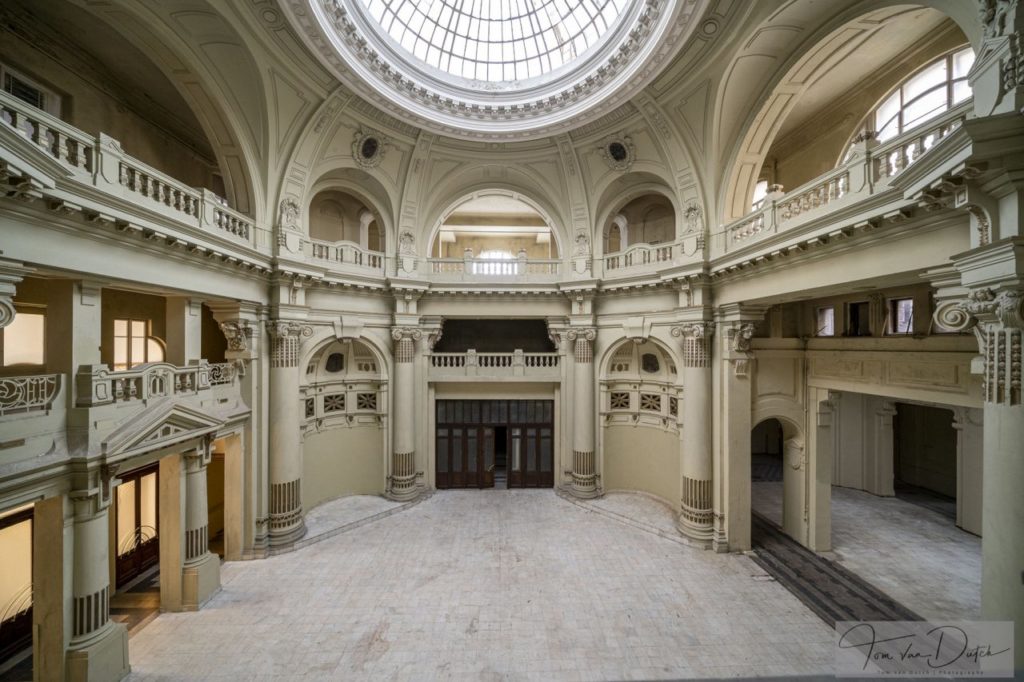
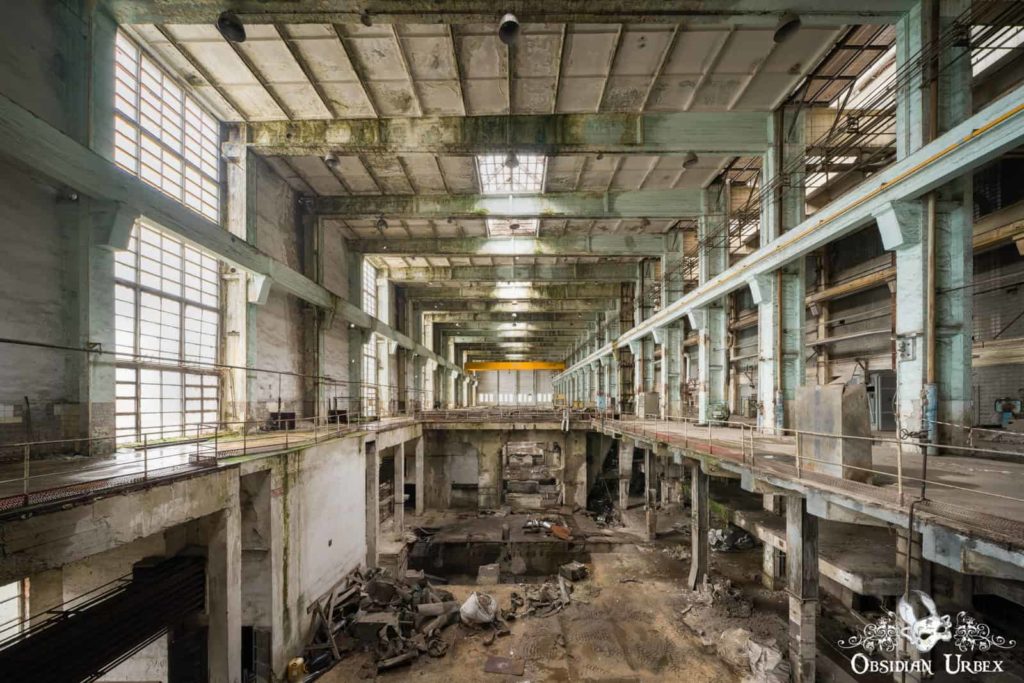
Though primarily a studio-based production, several practical locations in Budapest were also used. The former Hungarian Television headquarters in Szabadság Square was transformed into a “Vintage Casino,” and a residential building at the corner of Szalay and Honvéd Streets made a brief appearance. Other notable locations included the old Budapest Stock Exchange and a decommissioned power plant near the city, both contributing to the film’s stark industrial aesthetic.
Critically acclaimed for its stunning visuals and direction, Blade Runner 2049 won two Academy Awards. Despite this, it underperformed at the box office, earning between $258.1 and $276.6 million globally on a budget of $150–185 million. The film stands as a powerful example of how Budapest’s studio infrastructure can support large-scale, visually ambitious productions, even those set in entirely imagined worlds.
Red Sparrow (2018): Espionage in the Hungarian Capital
The 2018 spy thriller Red Sparrow, starring Jennifer Lawrence, is set in cities like Helsinki and Moscow but was primarily filmed in Hungary, showcasing Budapest’s adaptability as a filming location. The story follows a Russian ballerina recruited into a secret intelligence program, and Budapest convincingly stood in for multiple Cold War-era capitals.
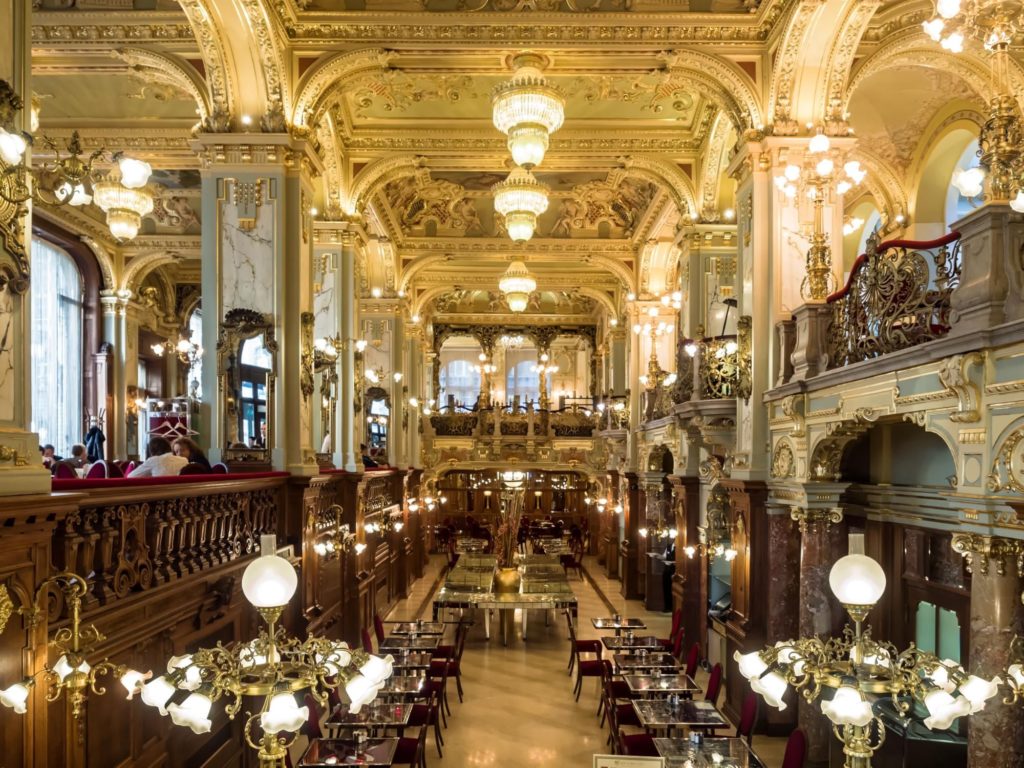
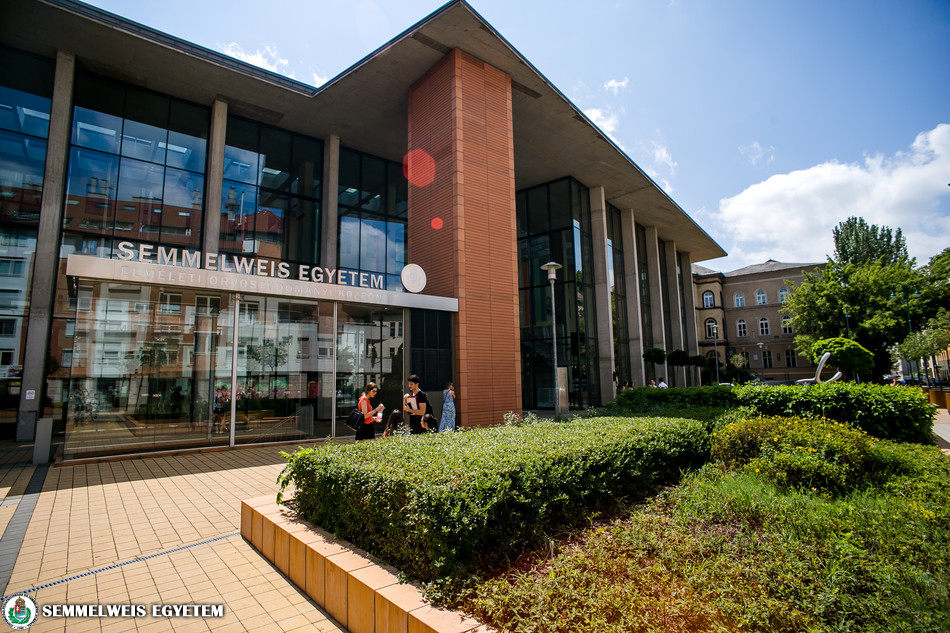
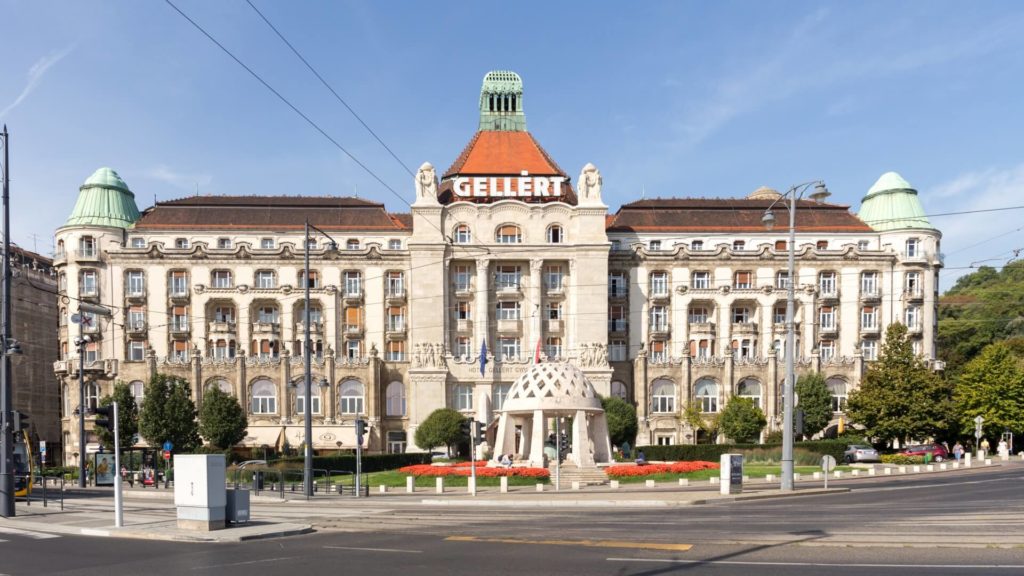
Key locations featured in the film include the Hungarian State Opera House (doubling as the Bolshoi), Heroes’ Square, the Boscolo Budapest Hotel, the New York Café, Semmelweis University, Déli Railway Station, and the historic Hotel Gellért. Additionally, the 19th-century Dég Castle, located in the Hungarian countryside, was used for the spy training scenes.
Red Sparrow had a modest box office performance, earning between $145.9 and $151.6 million worldwide on a $69 million budget. It received mixed reviews—praised for Lawrence’s performance but critiqued for its length and graphic violence. The film further cemented Budapest’s status as a prime location for espionage dramas, with its grand architecture offering an ideal backdrop for Cold War aesthetics. The cinematographer praised Budapest as a “goldmine of beautiful locations,” reinforcing the city’s growing appeal to international filmmakers.
Dune: Part One (2021) and Dune: Part Two (2024): From Arrakis to Budapest Studios
The epic sci-fi saga Dune, with its first two parts released in 2021 and 2024, was largely filmed in Budapest at the Origo and Hungexpo studios. Except for the desert scenes shot in Jordan and the United Arab Emirates, nearly all of both films were produced in Budapest. These studios provided the vast soundstages and advanced facilities needed to create the expansive world of Dune.
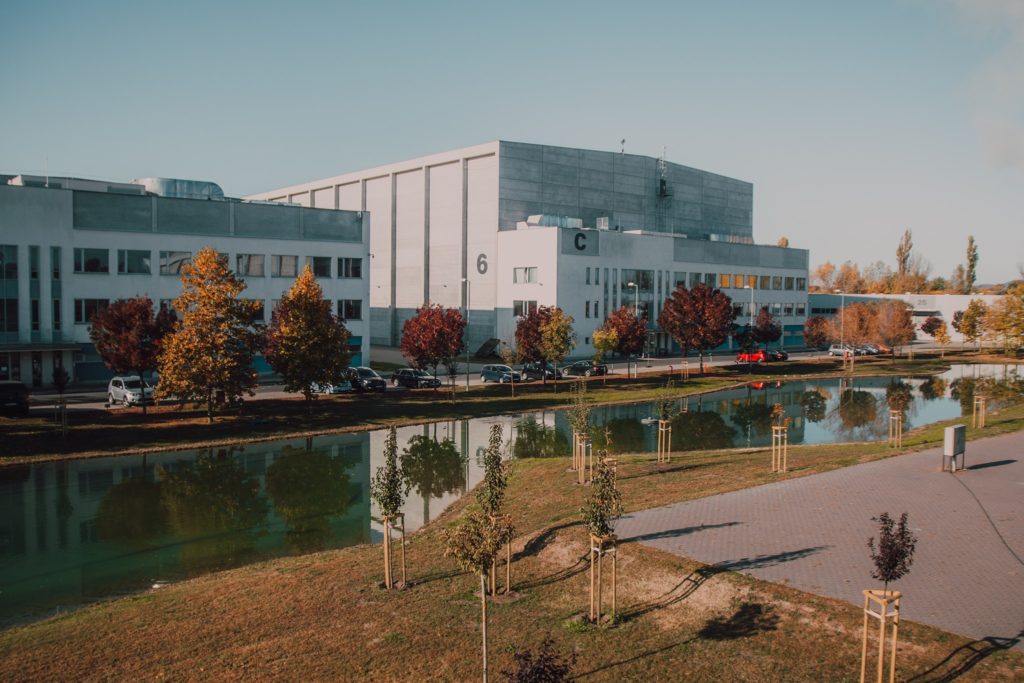
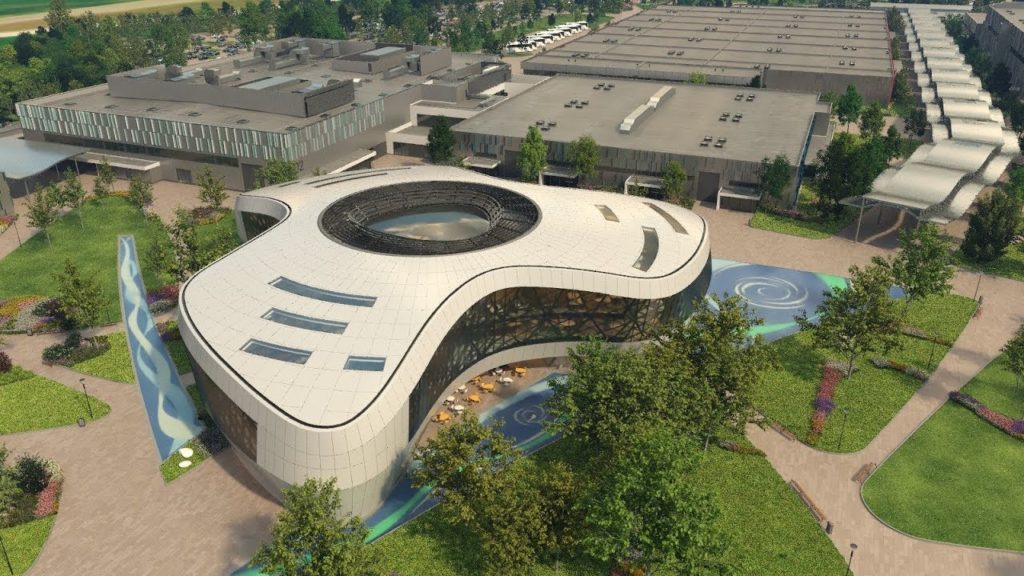
Key Budapest locations included Origo Studios and Hungexpo, which were used to build the massive sets of the world of Arrakis, as well as iconic places like Giedi Prime and the Imperial Palace. The city of Arrakeen, a crucial location in the story, was meticulously crafted in a soundstage the size of two football fields. The use of these world-class facilities in Budapest was vital to bring the intricate and visually stunning universe of Dune to life.
Dune: Part One was a box office success, grossing between $410.6 and $429.6 million worldwide on a $165 million budget, and it won six Academy Awards. Dune: Part Two saw even greater success, earning between $714.6 and $714.7 million globally on a $190 million budget, winning two Oscars. Both films were praised for their visual effects, scale, and their faithful adaptation of Frank Herbert’s novels. The films demonstrated how Budapest’s studio infrastructure can support large-scale, high-budget productions, solidifying the city’s reputation as a prime location for international cinema. Furthermore, filming for Dune: Messiah is set to take place in Budapest, continuing the franchise’s connection with the city.
Poor Things (2023): A Fantastical World Built in Budapest
The 2023 film Poor Things, directed by Yorgos Lanthimos, is a surreal and fantastical story set in 1880s London and other European cities. Much of the film was created in Budapest, particularly at Origo and Korda Studios, where the unique and deliberately artificial look of the film was achieved. The studio’s vast soundstages were essential for crafting the visually distinctive world that Lanthimos envisioned.
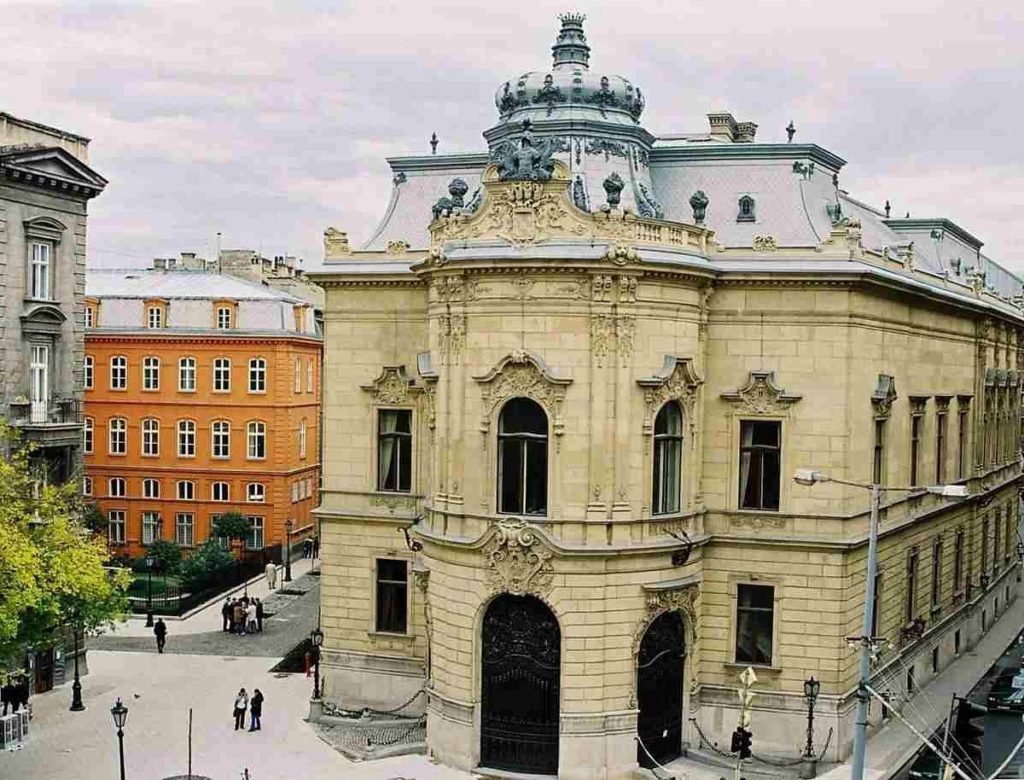

Key Budapest locations included the Ervin Szabó Metropolitan Library, an old television building, forests on the outskirts of the city, and a crypt beneath a church. These real locations were incorporated into the fantastical sets, helping to blend the surreal with the real. Most of the film, however, was shot on elaborate sets created within Budapest’s renowned studios, including the recreation of cities like Lisbon and Paris.
Poor Things was a box office success, grossing between $111.8 and $117.6 million worldwide on a $35 million budget, making it Lanthimos’ highest-grossing film to date. The film also garnered widespread critical acclaim, winning 4 Academy Awards. The intricate production design drew inspiration from the Sir John Soane’s Museum, with the director aiming to show the world through the eyes of the protagonist, Bella. Each scene was carefully constructed on set, contributing to the film’s whimsical, dreamlike quality.
Conclusion: Budapest’s Lasting Role in the World of Cinema
In summary, Budapest has firmly established itself as a global cinematic hub, consistently attracting international productions, particularly from Hollywood. Its unique combination of cost-effectiveness, architectural versatility, and skilled local talent makes it an exceptionally appealing choice for filmmakers. The city’s ability to transform and represent a wide range of locations, along with its well-equipped studios, has made it an ideal setting for various film genres, from period dramas like Evita to sci-fi epics like Dune and spy thrillers like Red Sparrow.
The trend of international productions choosing Budapest as a filming location continues, with several upcoming projects already in the works. The announcement of Dune: Messiah being filmed in Budapest further underscores the city’s enduring importance in the global film industry. With its lasting charm and adaptability, Budapest continues to play a crucial role in shaping the landscape of international cinema.

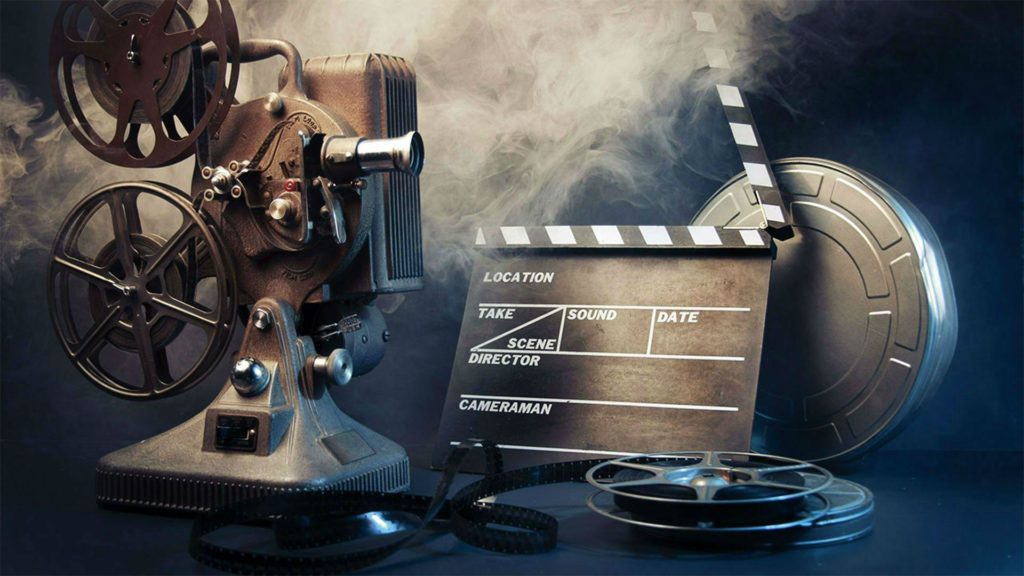
Comments are closed.